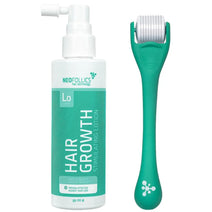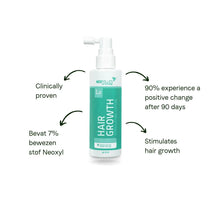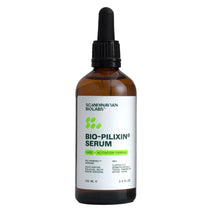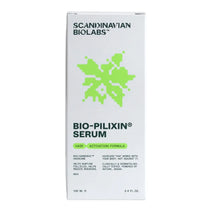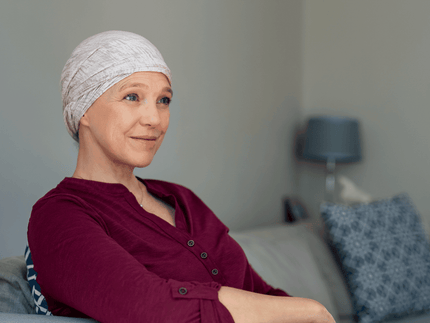Deoxyribose: Breakthrough in fight against hair loss?
How big is the problem?
Hair loss affects many more people than you might think. Among men, it is a well-known problem. About 70% of all men experience the hereditary form of hair loss. But women are not immune to it either. 40% of all women suffer from the hereditary form of hair loss (androgenetic alopecia) later in life. Other forms of hair loss, such as hormonal hair loss, occur during periods when the hormone balance goes through changes. Such as after pregnancy or during menopause. As a result, half of all women experience some form of hair loss at some point. So the figures show that it is a common problem. It is therefore interesting to keep an eye on new developments.
Known treatments and their drawbacks
Scientists have thus discovered a new substance that can stimulate hair growth. Let's see what this means for people with hair loss. Currently, there are only two drugs officially approved to treat hair loss: minoxidil and finasteride. These drugs have a proven effect, but they also have drawbacks:
- finasteride affects men's libido.
- Minoxidil can cause headaches and, in rare cases, even heart problems.
- You have to keep using both drugs for a very long time to keep the effect.
- Strange but true: minoxidil is toxic to cats.
This is why companies and scientists keep looking for better and safer treatments.
Advice personalized to your hair needs
Take our Hairtest to find the best products for your hair within 2 minutes!
Deoxyribose: a new hope for hair growth?
This is where deoxyribose comes in. Also known by the names 2-deoxy-D-ribose, D-desoxyribose and 2dDR. This is a type of sugar that occurs naturally in our bodies. It is also the D in DNA, as it stands for Deoxyribonucleic Acid. Researchers have found that this sugar can also help with hair growth. But how does it work?
How does deoxyribose work?
Deoxyribose helps create new, tiny blood vessels around hair follicles. This is important for healthy hair growth because it allows for:
- More blood to the hair follicles
- Better supply of nutrients
- Stimulation of the hair growth cycle
The researchers tested deoxyribose on mice with hair loss. They saw good results:
- deoxyribose gel helped create new hair follicles
- The hair follicles became longer and thicker
- More hairs entered the growth phase
- More blood vessels formed around the hair follicles
Most impressive was that deoxyribose worked almost as well as minoxidil, a drug that has long been used. Deoxyribose seems to have a number of advantages over minoxidil:
- It is natural: Because it is a sugar that already exists in our bodies, there is potentially less chance of side effects.
- You only apply it to your head: This keeps it from getting into your whole body.
- It might help with different types of hair loss: Not just for common baldness, but perhaps also for hair loss after chemotherapy.
What can we expect from deoxyribose?
Although more research is needed, the initial results are positive. In the future, deoxyribose might be used as:
- A treatment on its own for hair loss
- A combination with other drugs
- A way to prevent hair loss in people who are predisposed to it
- Support for hair transplants
Conclusion
The discovery of deoxyribose's hair growth-stimulating effects is exciting news for people with hair loss. It is natural, seems to work well and probably has few side effects. It could be a breakthrough that many people have been waiting for.
However, it is wise to keep a guard up. It is common for a potential new hair loss drug to be discovered. And as is often the case with a new discovery: more research is needed. The fact that it shows positive results on mice does not necessarily apply to humans. With the fact that the research was only done on mice, you can conclude that the research is in its early stages. So don't expect products with deoxyribose in shops against hair loss anytime soon.
Sources:
Anjum, M. A., Zulfiqar, S., Chaudhary, A. A., Rehman, I. U., Bullock, A. J., Yar, M., & MacNeil, S. (2024). Stimulation of hair regrowth in an animal model of androgenic alopecia using 2-deoxy-D-ribose. Frontiers in Pharmacology, 15. https://doi.org/10.3389/fphar.2024.1370833



